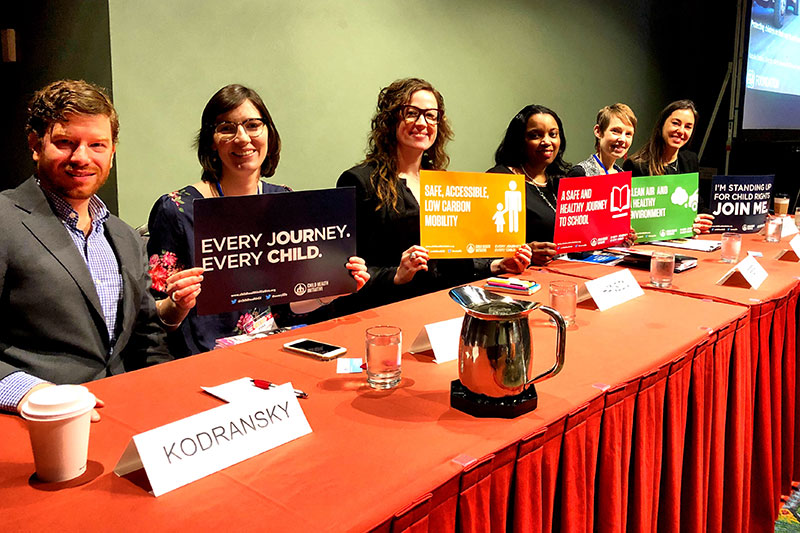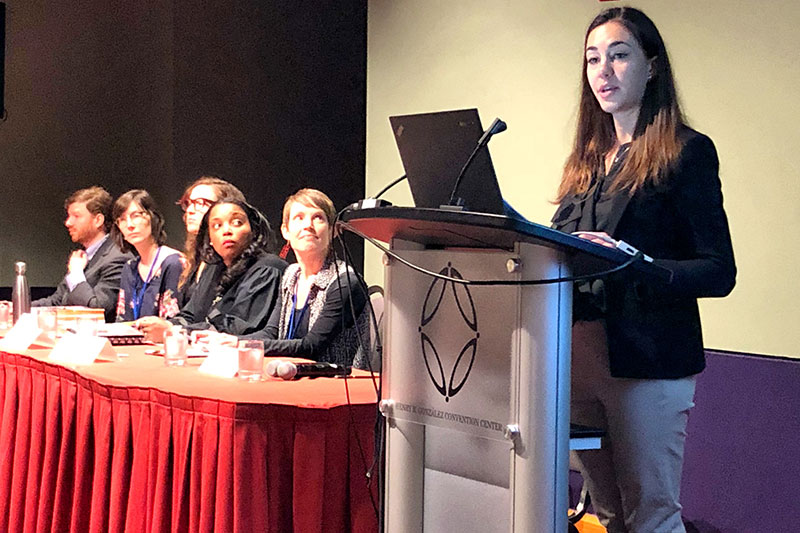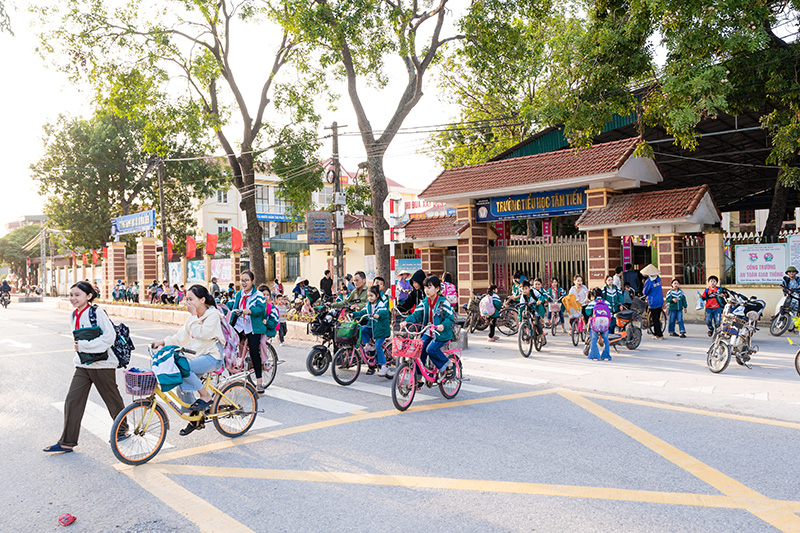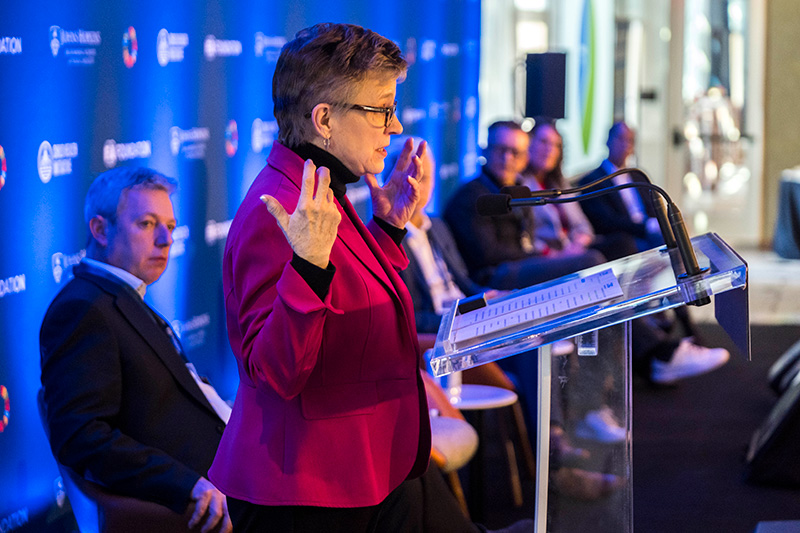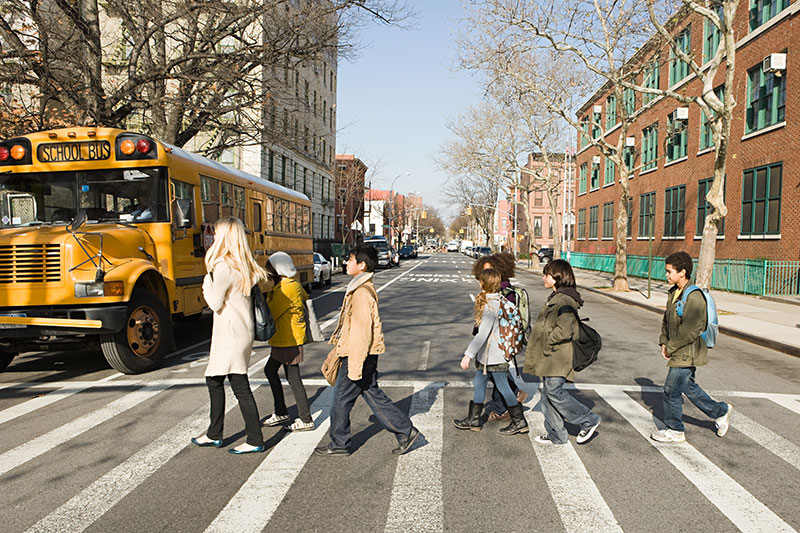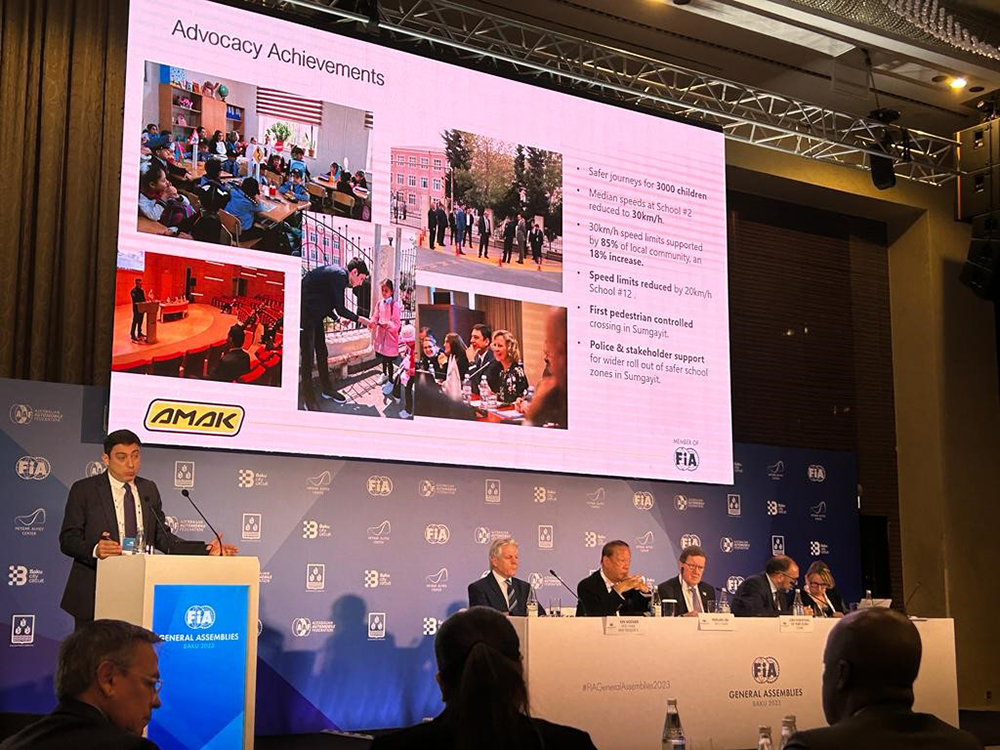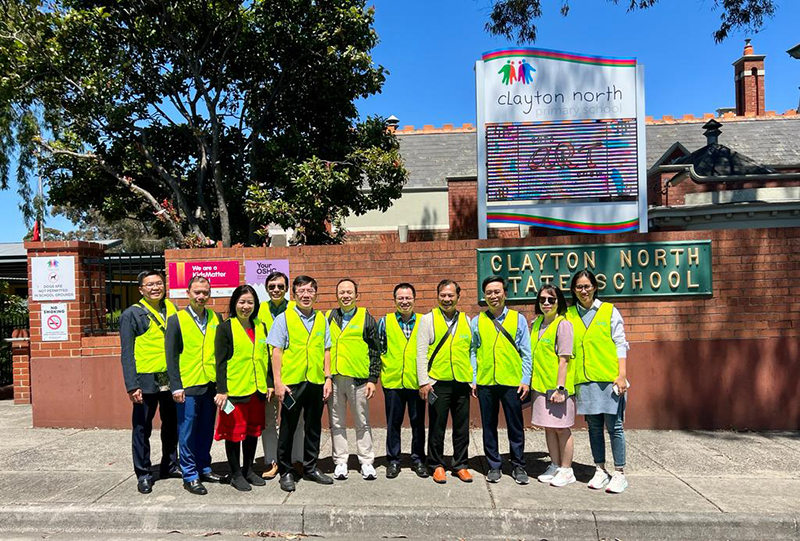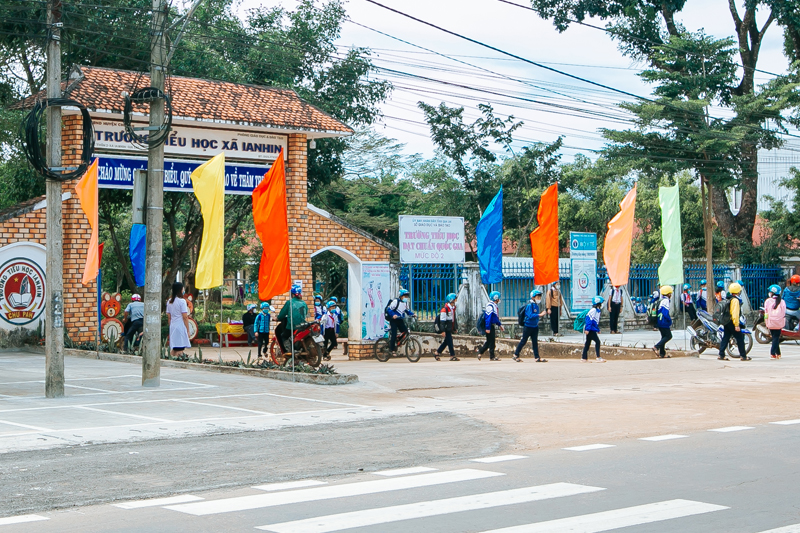At US Highway Safety Conference, partners present global and domestic success stories
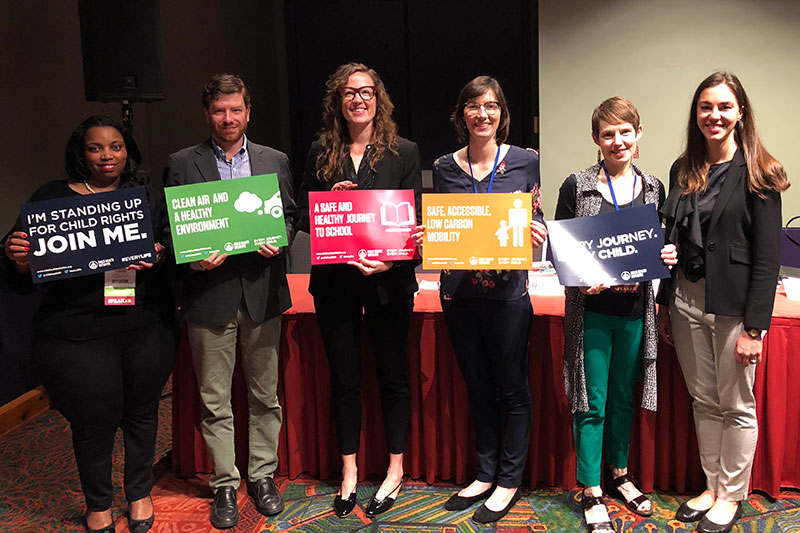
Child Health Initiative partners NACTO, ITDP, WRI, National Center for Safe Routes to School, Safe Kids Worldwide, and the FIA Foundation called for safe and healthy journeys to school at Lifesavers, a major US Highway Safety Conference, presenting global and domestic efforts.
US highway safety leaders gathered at the annual Lifesavers conference, held 22-24 April in San Antonio, Texas. The Child Health Initiative presented a panel, ‘Protecting children on their way to and from school,’ to bring global success stories to a mostly domestic audience of public health and safety professionals, researchers, advocates, practitioners, and students.
The panel presented several initiatives including Vision Zero for Youth, being implemented in both the US and Mexico. Director of the National Center for Safe Routes to School, Nancy Pullen-Seufert presented how starting with students can be a catalyst to start to address speed, build community acceptance, and political will to target high risk areas. Michael Kodransky of ITDP, implementing Vision Zero for Youth in Mexico City, said: “All over the world - US included - there are a lack of sidewalks. In Mexico, road traffic injuries are a leading cause of death for young kids, and the second for adolescents. Vision Zero for Youth resonates with young people and helps them become champions of safe streets. When you make a street safe for children, you make it safe for everyone. You raise design standards.”
NACTO and WRI have been improving safety through street design all over the world. “Rapid urban expansion is an opportunity for low- and middle-income countries to leapfrog 20 years of work towards adopting Vision Zero and a safe system approach. We are working with countries to adapt these lessons to a local context, a responsibility of the government and public health sectors,” said Anna Bray Sharpin of the World Resources Institute. She presented ‘Cities Safer by Design’ and findings from their recent report ‘Securing safe roads: the politics of change’ with the Overseas Development Institute, presenting case studies from Nairobi, Kenya; Mumbai, India, and Bogotá, Colombia.
Through their ‘Global Street Design Guide,’ NACTO has also been applying simple, low cost measures to make cities safer, more sustainable, and more livable. Melinda Hanson, Deputy Director of the NACTO Global Designing Cities Initiative highlighted their upcoming ‘Streets for Kids’ programme to place children at the centre of design efforts, supported by Botnar Foundation, Bernard van Leer Foundation, Bloomberg Philanthropies, and the FIA Foundation.
Many Safe Kids Worldwide coalition members attended the panel. Torine Creppy, President of Safe Kids Worldwide, said: “The Child Health Initiative has helped our coalitions look at this from a perspective of child’s rights. It takes a village to raise a child; now we’re raising a community that understands the importance of safe journeys to school.”
Natalie Draisin, North American Director of the FIA Foundation, said: “Around the world, about one million children per year don’t go to school because of dangers on our roads. The US is not immune to this global epidemic – road traffic crashes are the leading killer of children over age five. We can learn from the work of our Child Health Initiative partners. We have an opportunity to view the world vicariously, through the eyes of urban planners, the school community, child rights advocates, designers, and engineers. We must work together to apply these practical solutions in our communities.”
